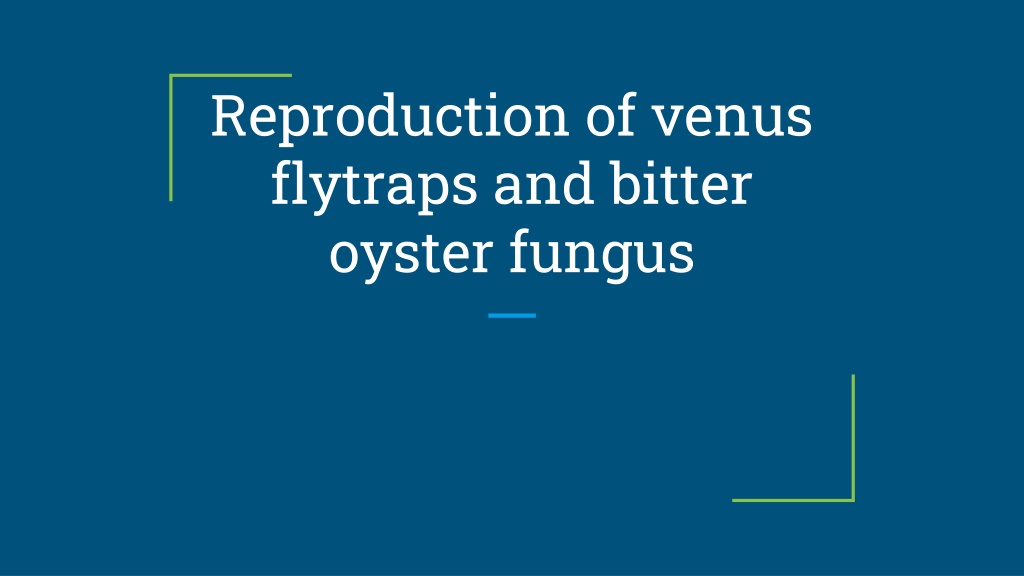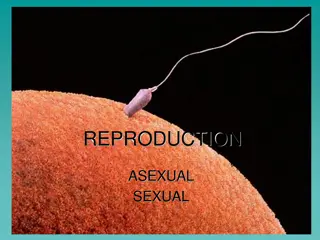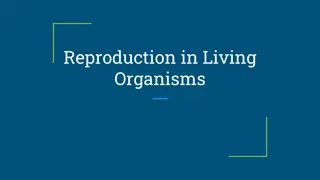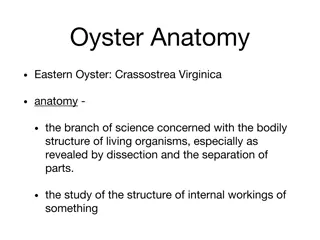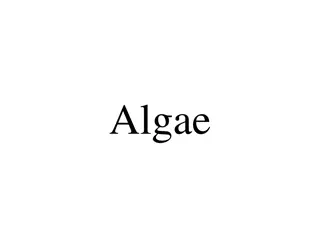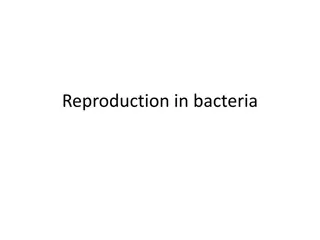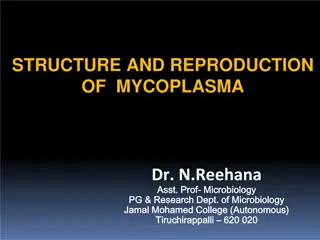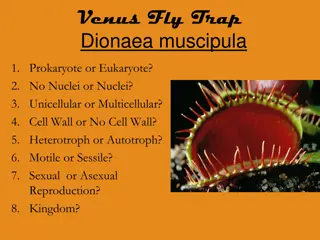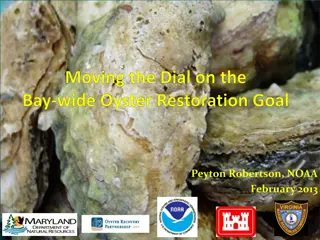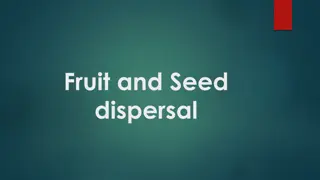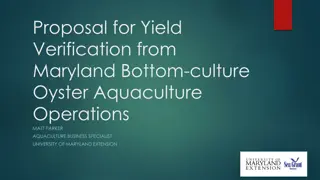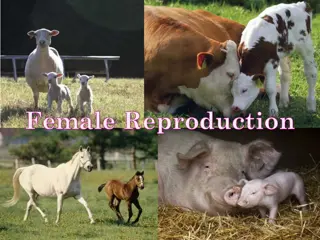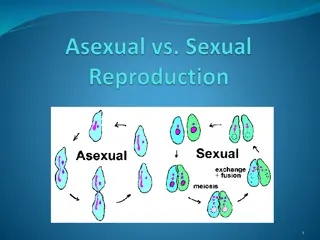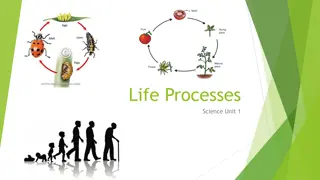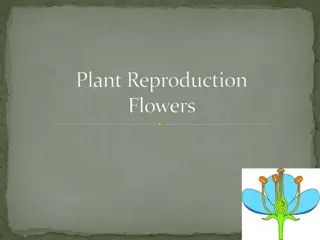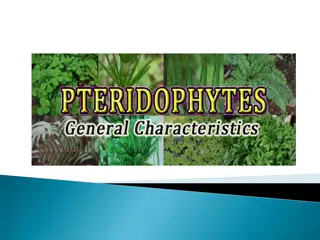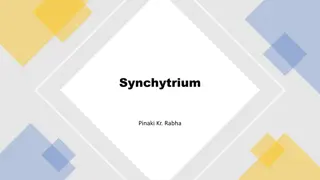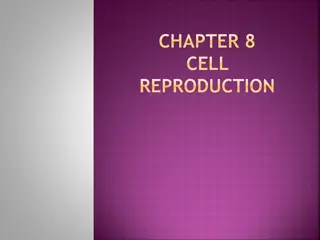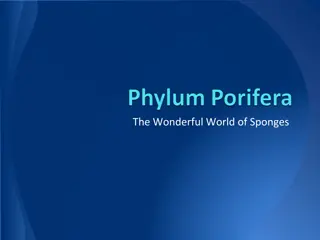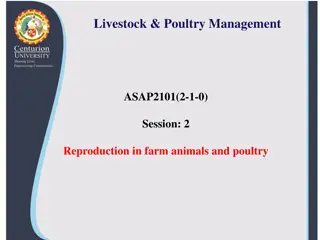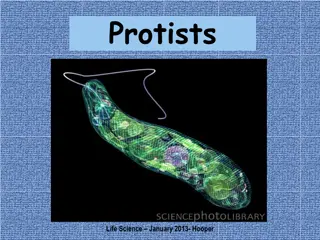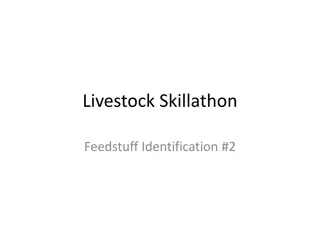The Fascinating Reproduction and Characteristics of Venus Flytraps and Bitter Oyster Fungus
Venus flytraps are carnivorous plants native to North and South Carolina, while bitter oyster mushrooms belong to the Mycenaceae family and exhibit bioluminescent properties. Each has unique genetic makeup affecting their reproduction. Venus flytraps have evolved to catch prey with trigger hairs on their leaves, which when stimulated, prompt the trap to close rapidly. Bitter oysters can glow in the dark and detoxify their environment. The mechanisms of how they capture and digest prey differ between the two species.
Download Presentation

Please find below an Image/Link to download the presentation.
The content on the website is provided AS IS for your information and personal use only. It may not be sold, licensed, or shared on other websites without obtaining consent from the author. Download presentation by click this link. If you encounter any issues during the download, it is possible that the publisher has removed the file from their server.
E N D
Presentation Transcript
Reproduction of venus flytraps and bitter oyster fungus
Venus Flytraps The Bitter Oyster By Bailey Jarisch By Walter Coffin
What is a Venus Fly Trap? What is a Bitter Oyster? Venus Fly Traps are a carnivorous plant native to North and South Carolina The bitter oyster is a mushroom that is part of the Mycenaceae familly and is in a group of mushrooms that display bioluminescent properties though it grows all over the globe, each area has a different genetic makeup to the point of them not being compatible with cross pollination. but mainly the american strand has bioluminescent properties. the luminescence is a dominant trait controlled by one allele. It grows in groups and the diameter of the main cap of 3 cm and is a cinnamon yellow color to the main cap. It grows mainly on rotting hard woods. The traps are actually two leaves that have evolved to catch prey Each trap has 2 to 5 trigger hairs, which, are the indicators for the plant to know when there is possible prey in the trap If two trigger hairs are touched or one trigger hair is touched twice within a short period of time (around 30 seconds or so), the trap will spring closed within a tenth of a second The leaf has two primary regions: a broad flat typical leaf-like region called the leaf-base that is capable of carrying out
How and what Does A Bitter Oyster do? How Does A Venus Fly Trap Work? The bitter oyster mushroom can glow in the dark thanks to oxidative enzymes known generically as luciferases, produce light by oxidizing a pigment called a luciferin. It can also detoxify its environment. If two of the trigger hairs are hit within 30 seconds, the trap snaps closed in less than a second Nobody knows exactly how the sequential, mechanical stimulation of the trigger hairs translates into closing the trap. The prevailing hypothesis of the day is that: 1)Cells in an inner layer of the leaf are very compressed. This creates tension in the plant tissue that holds the trap open. 2)Mechanical movement of the trigger hairs puts into motion ATP-driven changes in water pressure within these cells. 3)The cells are driven to expand by the increasing water pressure, and the trap closes as the plant tissue relaxes.
How Does A Bitter Oyster Eat? How Does A Venus Fly Trap Eat? Once the trap has caught an insect, it begins to seal itself fully closed, and then digestion begins. The trap's reddish interior and small nectar-secreting glands along its rim trick the insects into thinking they have found a flower. The first time a hair is triggered, it creates an electrical signal that travels along the surface of the trap, much like the electrical signal that travels through an animal's nerve cell. The energy of that first signal is stored. When the second touch occurs, it also generates an electrical signal. Together, the energy from these two signals passes the threshold required for the trap to respond. During the second signal, cells in the center of each leaf lose water along with the ions. This causes the cells to lose turgor, the water pressure that keeps a plant rigid. As a result, the leaves snap together. After the trap has snapped shut, the plant turns it into an external stomach, sealing the trap so no air gets in or out. Glands produce enzymes that digest the insect, first the exoskeleton made of chitin, then the nitrogen-rich blood, which is called hemolyph. The digestion takes several days depending on the size of the insect, and then the leaf re- opens. It mainly eats and grows on decaying wood and hardwood, absorbing the nutrients through its mycelia. They can commonly hollow out the wood they are growing on with there mycelium.
How Does A Venus Fly Trap Reproduce? How Does A Bitter Oyster Reproduce? Venus flytraps are perennial plants, meaning that they bloom year after year. The flowers are white in color with green veins running from the base of the petal toward the edges. Pollinated flowers eventually give rise to seeds. But, they also use something called rhizomes. A rhizome is a continuously growing horizontal underground stem that puts out lateral shoots. If a leaf, still attached to the rhizome has fallen into the soil, it will grow into an entirely new plant. A Venus flytrap root system will eventually grow so large that rhizomes will begin to split off from the mother plant and grow into mature plants. A Venus flytrap only needs to be one or two years old in order to reproduce like this. They will continue flowering and spreading through rhizomes for the remainder of the life of the plant. Though the bitter oyster mushroom can reproduce just like a normal plant with pollen, this is reletivly uncommon, it normally reproduces asexualy. https://www.youtube.com/watch?v=qDwgSWDqKoQ
